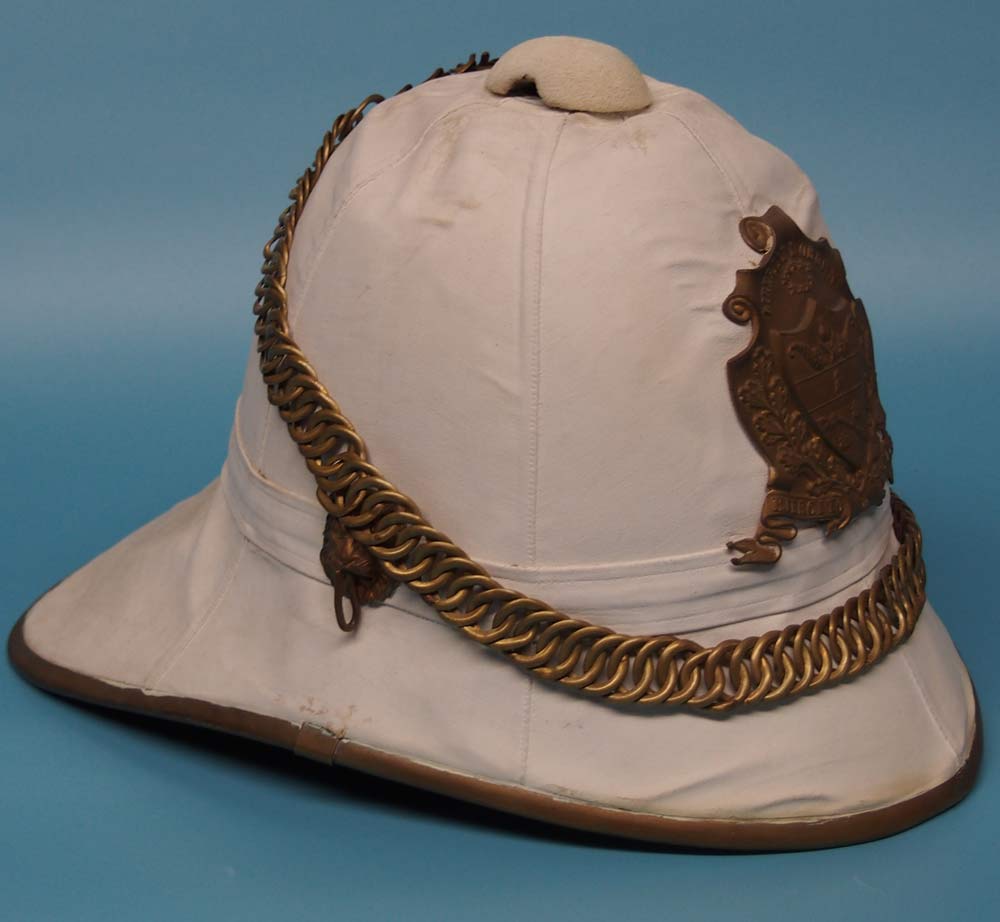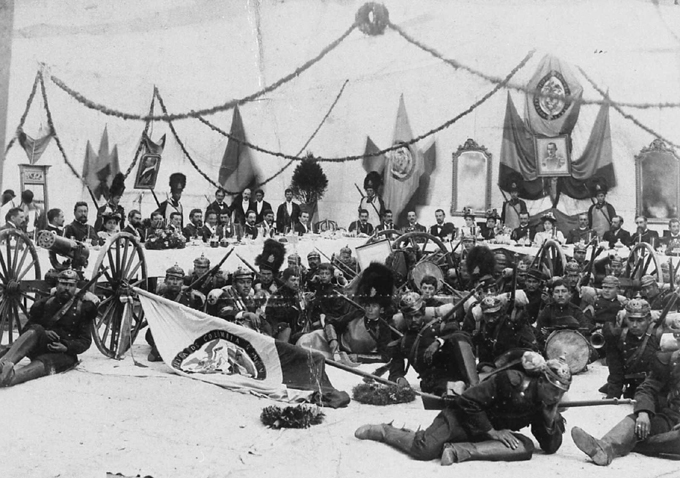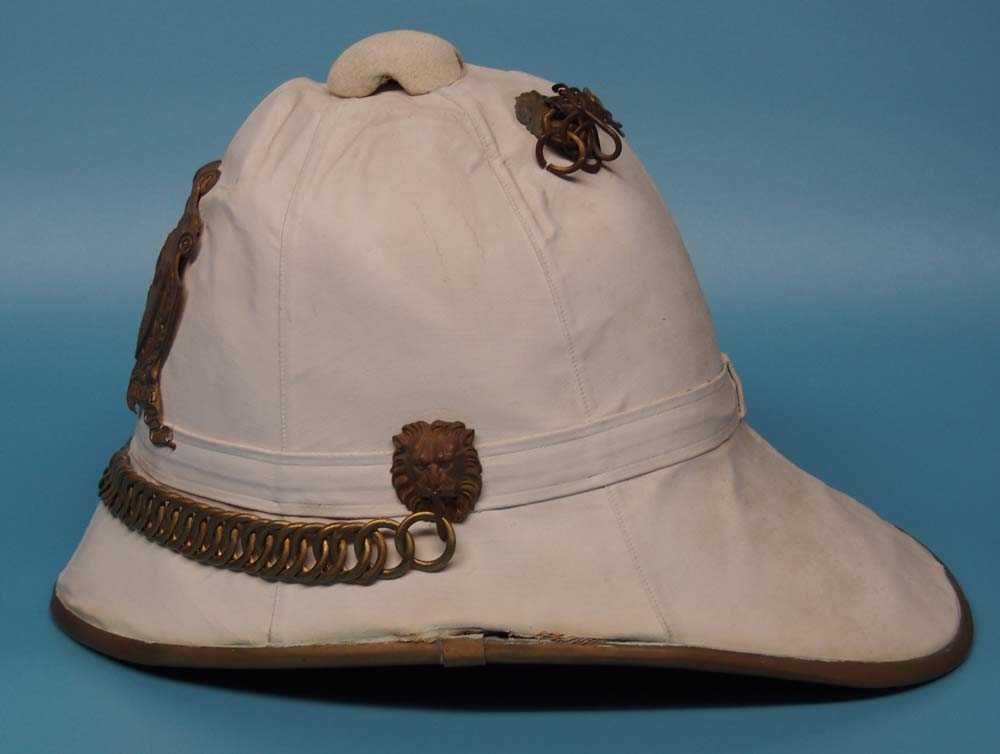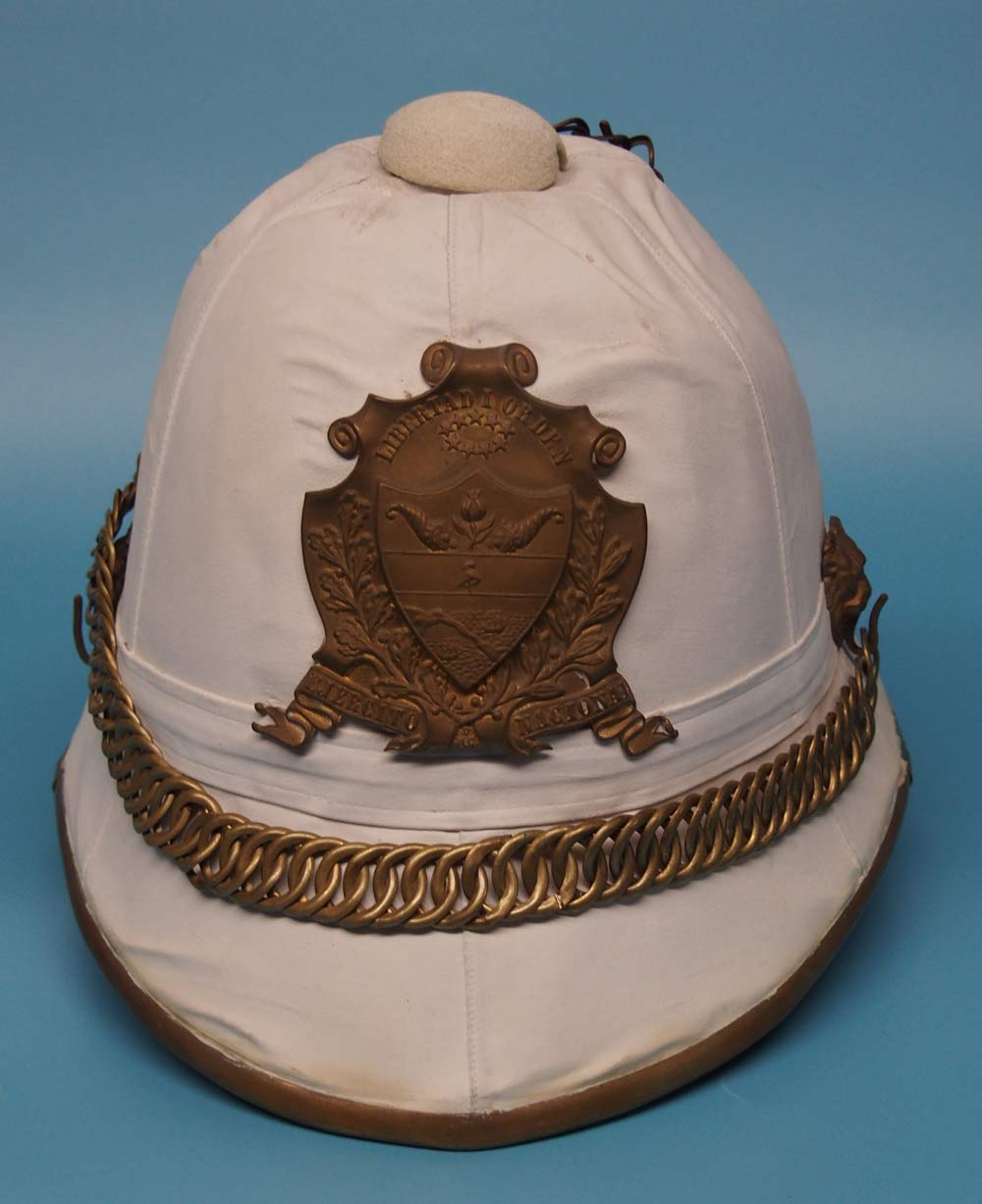
Despite not having overseas colonies, numerous South American nations adopted sun helmets at the end of the 19th century. These nations followed the European patterns – and several South American nations also adopted the Prussian/German pickelhaube as a parade and even combat helmet. Both the sun helmets and pickelhaubes saw use in such conflicts of the War of the Triple Alliance.
One nation that relied heavily on German equipment, and whose army took on a most “Prussian look” was that of Colombia – a nation that still uses pickelhaubes as part of its ceremonial and parade dress.
Colombia in the 19th Century
Upon gaining its independence from Spain in 1831 the Republic of Colombia – or Gran Colombia as historians now refer to it – consisted of the present-day states of Colombia (also officially the Republic of Colombia), Ecuador, Panama and Venezuela and parts of Peru. This nation had gained independence under the leadership of Simón Bolívar, but eventually a series of wars and other infighting led to its breakup.
Today the above states, along with Bolivia are known as the “Bolivarian” nations, and despite close ties in the past have waged several wars against one another. At various times these nations have sought military assistance, training and equipment from Europe – notably the French and later the Germans. As noted, the German military – despite having virtually no link historically to these nations – played a major role in influencing the military doctrine of several South American nations.
The Colombian Tropical Helmet
While various South American nations, notably Argentina and Chile, have relied upon tropical helmets for use in summer months, Colombia is arguably among those countries where such helmets were truly required.

Colombian soldiers in the service of the Conservative-led government during the nation’s Thousand Days’ War. Note the guards in the back have bearskin style hats, evoking the French influence, while the soldiers in the foreground could be mistaken for Prussians in the Franco-Prussian War.
Thus in the 1890s the Colombian military likely adopted helmets like the one in this author’s collection. It is one of the only known surviving examples and appears to be one used by an officer. Based on the Colombia “coat of arms” it dates from the late 1890s as it features an isthmus with a ship on each side. This particular coat of arms was only used in the period immediately preceding and during the so-called “Thousand Days’ War, ” which was a Colombian Civil War fought from October 1899 until November 1902. It was fought first between the Liberal Party and the National Party, and later – after the Conservative Party had ousted the National Party – between the liberals and the conservative government.
Despite the conservative victory, the war resulted in economic turmoil in the Republic of Colombia, and led to the loss of the Department of Panama and that unincorporated territory’s independence.

The Colombian tropical helmet is of the same patter, with brass trim, as those used by the Imperial German Navy as dress/parade tropical helmets in the 1890s.

The front of the helmet shows the badge featuring the late 1890s era Colombia Coat of Arms.
It is believed these helmets were produced in Germany, and are of similar design to Imperial German Naval tropical dress helmets of the era. It is logical that these helmets were of Germany origin, as Germany had supplied small arms to the Colombian military, and German advisors were present during the Thousand Days’ War.
While little else is known about this helmet the research will continue. It remains a fascinating piece from what is largely a forgotten conflict in South American history.
Peter Suciu
November 2019
